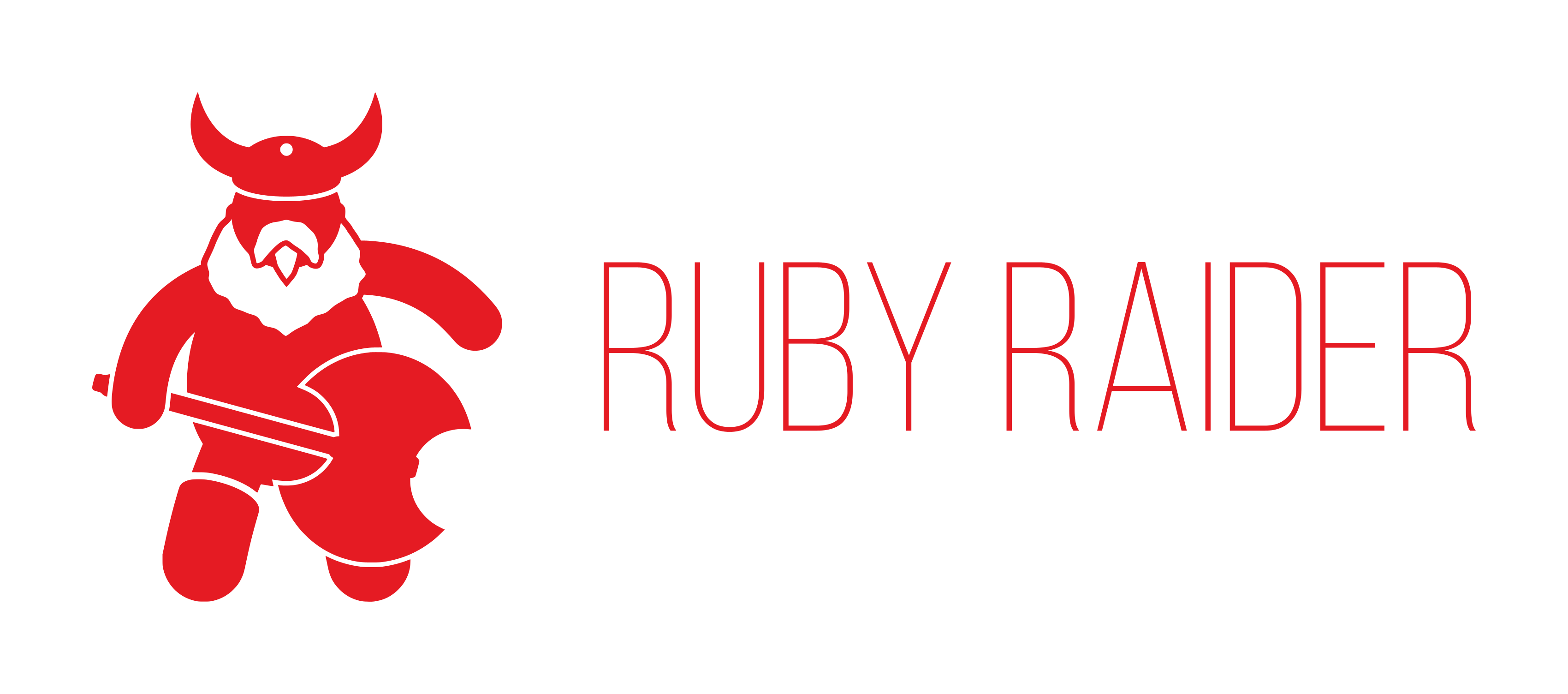# Ruby Raider
[](https://badge.fury.io/rb/ruby_raider)
[](https://github.com/RubyRaider/ruby_raider/actions/workflows/rspec.yml)
## What is ruby raider?
Ruby Raider is a generator and scaffolding gem to make UI test automation easier
### At the moment Ruby raider supports
* Generating a framework with Cucumber and Selenium
* Generating a framework with Rspec and Selenium
* Generating a framework with Cucumber and Watir
* Generating a framework with Rspec and Watir
* Generating a framework with Rspec and Appium for IOS
* Generating a framework with Cucumber and Appium for IOS
* Generating a framework with Rspec and Appium for Android
* Generating a framework with Cucumber and Appium for Android
* Generating a framework with Rspec and Appium cross platform
* Generating a framework with Cucumber and Appium cross platform
***In order to run the Appium tests, download the example [app](https://github.com/saucelabs/my-demo-app-rn).***
This works in all the platforms (Tested on Mac OS, Linux and Windows).
## Getting started
To get the project up and running.
**Just do:**
```ruby
gem install ruby_raider
```
**Then do:**
```ruby
raider new [name_of_project]
```
Then a TUI/CLI will appear where the configuration of which frameworks you want to be generated/scaffolded can be selected.
Select the ones you will like to work with.
### Ruby raider provides the following list of commands
###### Anything between square brackets([...]) is where your imput goes
```ruby
Commands:
raider browser [BROWSER] # Sets the default browser for a project
raider browser_options [OPTIONS] # Sets the browser options for the project
raider feature [FEATURE_NAME] # Creates a new feature
raider help [COMMAND] # Describes available commands or one specific command
raider helper [HELPER_NAME] # Creates a new helper
raider new [PROJECT_NAME] # Creates a new framework based on settings picked
raider page [PAGE_NAME] # Creates a new page object
raider path [PATH] # Sets the default path for scaffolding
raider platform [PLATFORM] # Sets the default platform for a cross-platform project
raider raid # Runs all the tests in a project
raider scaffold [SCAFFOLD_NAME] # Generates everything needed to start automating
raider spec [SPEC_NAME] # Creates a new spec
raider url [URL] # Sets the default url for a project
```
Ruby raider also supports scaffolding:
* To create a new page object you do: ```raider page [PAGE_NAME]```
* To create a new spec you do: ```raider spec [SPEC_NAME]```
* To create a new feature you do: ```raider feature [FEATURE_NAME]```
It's possible to add the option --path or -p if you want to specify where to create your features, pages, helpers and
specs.
If you want to set the default path for the creation of your features, helpers and specs:
```ruby
raider path [PATH_NAME] --feature or -f
raider path [PATH_NAME] --spec or -s
raider path [PATH_NAME] --helper or -h
```
If you don't specify an option, path will assume you want to change the default path for pages.
